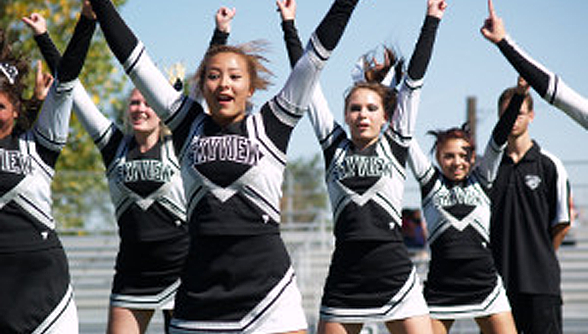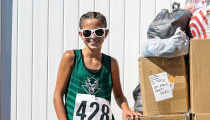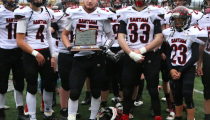NFHS Responds to the American Academy of Pediatrics Statement on Cheerleading Injuries
By on January 08, 2015 nfhs news PrintOn October 22, the American Association of Pediatrics (AAP) released a statement with guidelines to help prevent cheerleading injuries. Many of the recommendations – including qualified coaches and injury surveillance – are worthwhile and important to minimizing risk for the nearly 400,000 high school cheerleaders.

The National Federation of State High School Associations (NFHS) agrees with many of the recommendations and, in fact, has worked for more than 20 years to minimize risk for high school cheerleaders. In 1988, the NFHS published its first guidelines for sideline cheerleading. Those guidelines became the basis for the NFHS Spirit Rules Book, which was first published in 1992.
With the continual growth of cheerleading, the NFHS also recognizes the need for properly educated and trained coaches. In 2009, the NFHS Coach Education Program introduced the first of two online education courses designed for spirit coaches. “Spirit Safety Certification,” developed with the American Association of Cheerleading Coaches and Administrators (AACCA), is designed to provide information and advice to help spirit coaches assess and make changes to their current safety program, with the goal to minimize the risks involved in cheerleading.
A year later, the NFHS introduced the “Fundamentals of Coaching Cheer and Dance” course designed to help coaches with skills and tactics, including a review of philosophy, communication techniques and risk management. Both courses have been instrumental in educating spirit coaches, with more than 15,000 courses delivered since their debuts. All courses can be viewed at www.nfhslearn.com.
The NFHS also agrees that injury surveillance is important to help prevent future injuries. Since 2009, cheerleading has been included in the High School Sports-Related Injury Surveillance Study, commissioned by the NFHS and compiled by Dr. Dawn Comstock, principal investigator for the Center of Injury Research and Policy at Nationwide Children’s Hospital in Columbus, Ohio. In 2011-12, cheerleading injury rates were 0.57 per 1,000 athlete exposures, which was 17th out of the 20 sports studied. (visit http://www.nationwidechildrens.org/cirp-rio-study-reports for the full reports.)
The NFHS also works with the National Center for Catastrophic Injury Research at the University of North Carolina-Chapel Hill, which has been collecting catastrophic injury data on cheerleading for 30 years.
Concussions are also a significant injury to all high school athletes, including cheerleaders, which is why the NFHS added language to all its rules books – including spirit – specifying how athletes should be treated when suspected of having a concussion. The guidelines include being immediately removed from activity and being examined by an appropriate health-care professional before returning to activity. In addition, the free online course “Concussion in Sports – What you Need to Know” has been taken by almost 600,000 individuals at www.nfhslearn.com.
The NFHS strives to minimize risk for all high school athletes, including cheerleaders. The spirit community – administrators, coaches, parents and cheerleaders – should know that this support system of rules, education and research exists to provide a safer environment for all cheerleaders.







